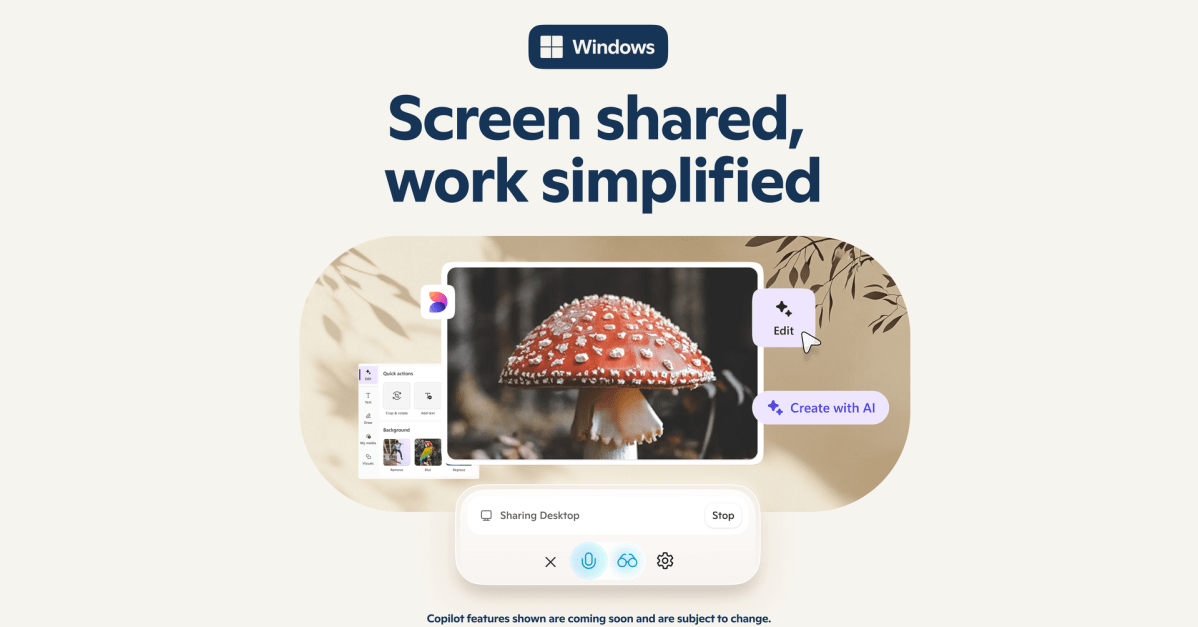See the World Through AI Eyes: Microsoft's Copilot Vision Breaks Boundaries on Windows and Mobile

Microsoft's Copilot is about to get a major visual upgrade that will revolutionize how AI interacts with images. The latest breakthrough allows the AI assistant to not just analyze images, but truly understand and interpret visual content with unprecedented depth and precision.
Imagine an AI that can do more than simply recognize objects in a picture. Copilot is now developing advanced computer vision capabilities that will enable it to comprehend complex visual scenes, detect subtle details, and provide rich, contextual insights. Whether you're seeking design advice, troubleshooting a technical issue, or exploring creative possibilities, Copilot's new visual intelligence promises to be a game-changer.
This enhancement represents a significant leap forward in AI technology, bridging the gap between text-based interactions and visual understanding. Users can expect a more intuitive and interactive experience, with Copilot able to offer nuanced observations and intelligent recommendations based on visual input.
As artificial intelligence continues to evolve, Microsoft is positioning Copilot at the forefront of this visual revolution, transforming how we interact with digital assistants and unlocking new realms of AI-powered creativity and problem-solving.
